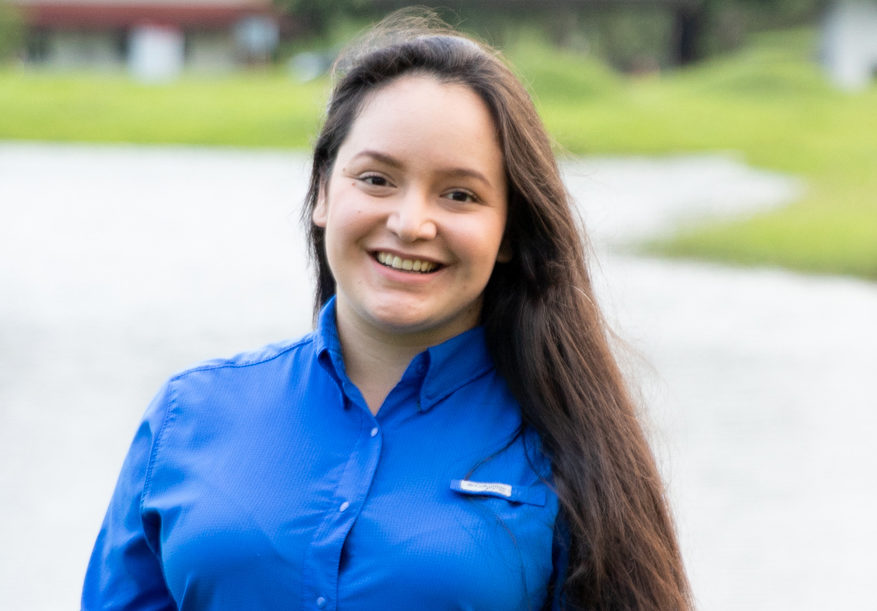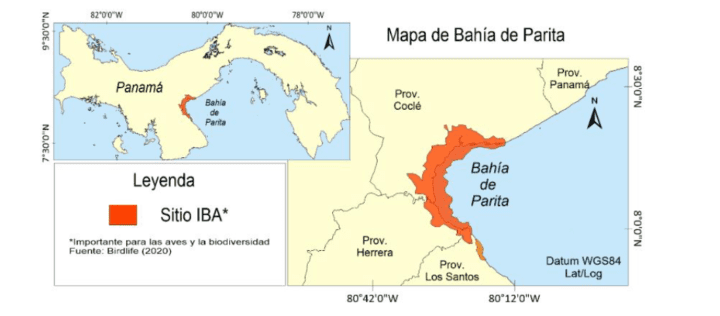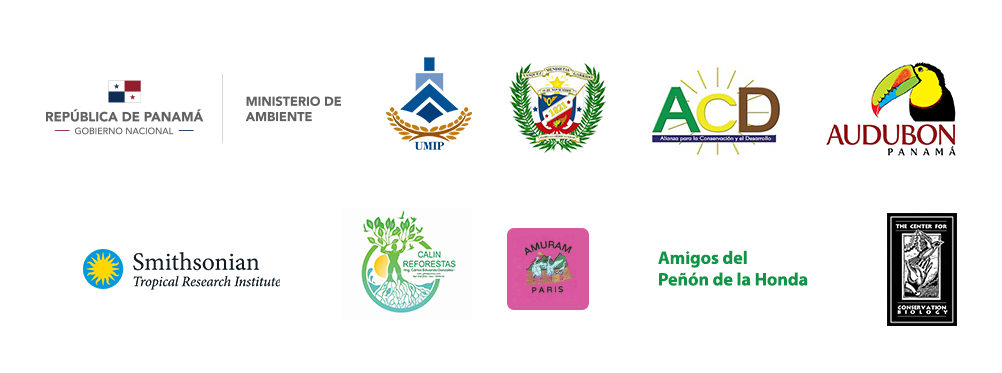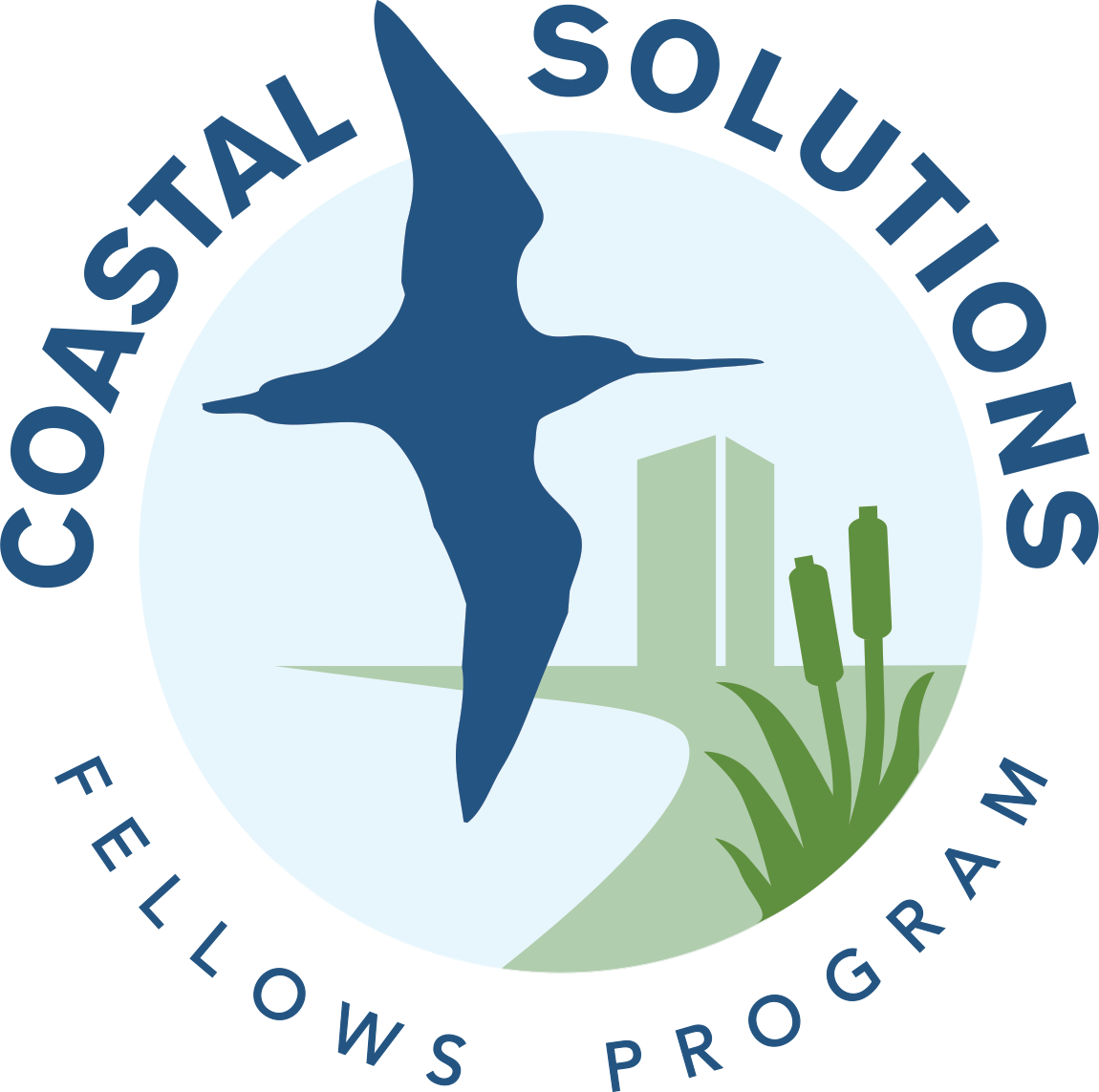Andreina Pernía

Governance Plan and Green Infrastructure to Mitigate Impacts in Parita Bay, Panamá
Project Site: Parita Bay, Panamá
Sector: Intergovernmental
Disciplines: Urban Planning, Architecture, Conservation, Management
Collaborators: Ramsar Regional Center for Training and Research for the Western Hemisphere (CREHO), Suma Arquitectos, Technological University of Panamá
Andreina Pernía is an architect graduated from the Universidad Nacional Experimental del Tachira, Venezuela. At this university, she worked as research and teaching assistant at the Urban-Environmental group. Pernía’s thesis focused on the uses of public spaces in tropical climates, using an urban habitability approach, and analyzing the case of the Mirador del Pacifico park, in Panamá. Since 2018, Andreina works for the Ramsar Regional Center for the Western Hemisphere, an international organization dedicated to research and training on wetlands in more than 30 countries in the Americas. In this organization, Andreina has been participating in regional networks for scientific cooperation, collaborating with the transfer of recommendations to decision makers for the design of public policy. She also promotes the sharing of experiences among diverse stakeholders, including public and private actors, academic organizations, non-profit agencies, as well as actors from the civil society. These efforts intend to strengthen inter-sectoral and inter-institutional articulation to promote the conservation and the rational use of wetlands. Pernía participated in the creation of the Conservation Program for Parita Bay, which comprises ecosystem restoration activities and hydrological studies.
The Parita Bay, on the Pacific coast of Panamá is known as an important area for the conservation of birds and biodiversity (IBA). Up to 10,000 individuals of migratory and permanent shorebirds have been recorded in this bay in just one day. This ecosystem includes protected areas, however, beyond these conservation efforts, unplanned human activities have been developed in the bay. The purpose of this project is the creation of instruments that allow the proper management of the zone.

In this way, it is possible to mitigate impacts, implement regulated uses and promote the conservation of bird habitat. We propose to identify conflict areas caused by human uses and create territorial planning proposals that allow the generation of buffer zones between areas of natural use and those of cultural use. At the end, Andreina expects to establish a Network of Integrated Management for the Conservation of Parita Bay, with the participation of key inter-sectoral stakeholders that will facilitate governance. This network will have a series of tangible instruments for its operation, such as a Strategic Plan for Conservation and Green infrastructure, a Strategic Plan for the Restoration of Priority Sites and a Monitoring and Adaptive Management Model. The latter will serve as an evaluation tool for the implemented actions and will guide adjustments where necessary.

The mentor for this project, Dr. Nilson Ariel Espino, General Manager at Suma Arquitectos, has a PhD in Social and Cultural Anthropology, a Master’s in Urban Planning and is a recognized Panamanian architect. The host institution is the Ramsar Regional Center for Training and Research on Wetlands for the Western Hemisphere (CREHO). CREHO is an international organization that promotes research, international cooperation and capacity building, keeping in mind benefits for both wetlands and people. The director of the Center, Dr. Osvaldo Jordán, collaborates in the project supporting the processes of governance and public policy. The cross-sectoral collaborator is Dr. Indra Candanedo. She holds a Ph.D. in Environment and Society and a Master’s in Conservation Biology and Sustainable Development. Dr. Candanedo is a researcher at the Technological University of Panamá, and she is an expert in ecology, conservation planning and public relations, with more than 30 years of experience in environmental management in Panamá.

The project also has the support of diverse government agencies, community organizations, research centers and non-profit organizations, including the Ministry of Environment of Panamá, the International Maritime University of Panamá, the Municipality of Los Santos, the Alliance for Conservation and Development, Panamá Audubon Society, Smithsonian Tropical Research Institute, Association of Rural Women and Friends of the Mangrove, Friends of Peñón de la Honda, and the Center for Conservation Biology of the College of William & Mary.

The Coastal Solutions Fellows Program builds and supports an international community to design and implement solutions that address coastal challenges across the Pacific Americas Flyway. Our main goal is to conserve coastal habitats and shorebird populations by building the knowledge, resources, and skills of Latin American professionals, and by fostering collaborations among multiple disciplines and sectors.
